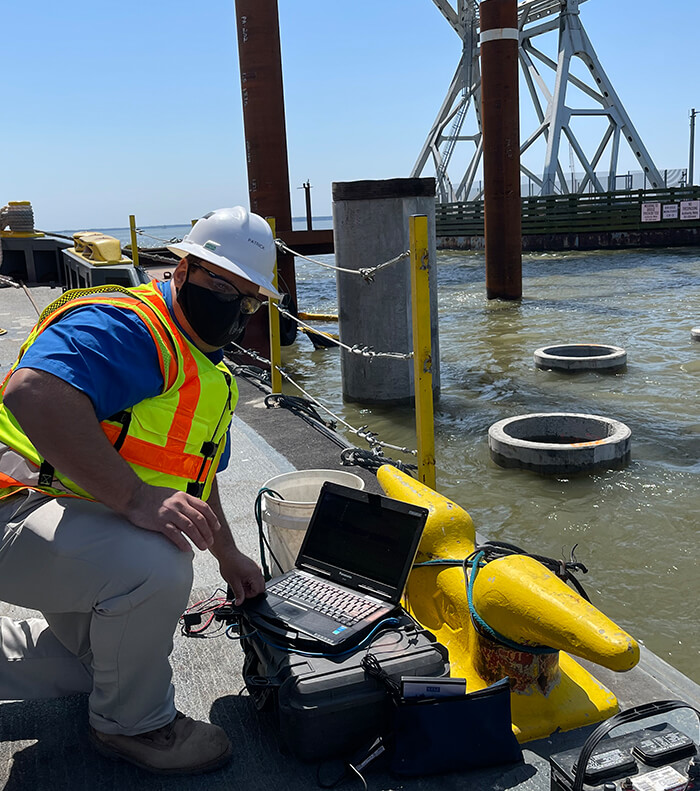Seismic Survey’s noise monitoring services are valuable in addressing noise complaints or claims.
Noise monitoring services assist our customers with health and safety compliance with occupational noise exposure limits and state and local noise control ordinances. Our clients use these measurements to demonstrate regulatory compliance and to protect themselves from unwarranted claims and complaints. If noise levels become excessive, our clients can use the data we provide to develop mitigation measures to bring their operations into compliance.








